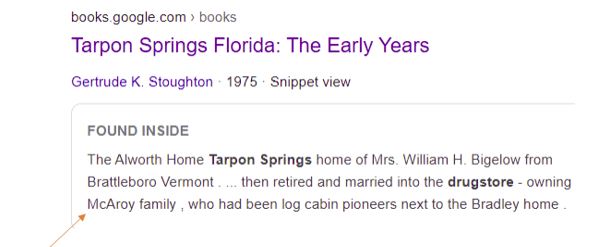
Like me, it’s probably been a while since you have visited archives for research purposes. Last week I mentioned I had returned to two local to me archives and I’d provide some tips this week.
You know that old saying, you never forget how to ride a bike. The same goes with researching in archives, however, there is a learning curve to get back to peak performance. I say that after deciding I would resume riding a bike during the pandemic and falling off in the street. I was fine, with a few minor scratches but a driver passing me was panic-stricken thinking he was the cause of my accident. Nope, my cell rang and I was trying to remove it from my pocket while maneuvering around a parked car with an oncoming car headed towards me. Not a brilliant decision!
Last week I found myself in the same euphoric feeling I had when taking my joy ride. It was so awesome to be going back to do boots-on-the-ground research. The anticipation colored reality.
I’m hoping my lessons learned or should I say, re-remembered, will help you when you start traveling again.
- Baby Steps First – I recommend you get those boots wet locally before embarking on a cross-country trip. You’ll be ready if you’ve practiced a bit closer to home first. Remember, if you miss something nearby you can always return but not so much if you’re far away.
- Pack Smartly – I always took a mid-sized plastic bag to contain my needed supplies so I took it out and thought I was ready to go. I use the see-through bag so archivists can tell I haven’t brought in any banned items – like pens. Pens are a no-no in archives! My bag contains a small magnifying glass, gloves, a small ruler, a few engineering pencils, a tiny notebook, a couple of quarters if I need a snack during a break, small stickees, and a thumb drive. Except, I didn’t check before I went and had removed the post its. I use them to tab pages that I want to copy or photograph. So, I had to take photos as I went through. Not a major issue but it changed my typical process. I also had taken out the thumb drive which I didn’t need at the first archive so I hadn’t realized it was missing until I showed up at the second and could have used it. There is a workaround – email yourself whatever you were going to save to the drive.
- Dress Professionally – We’ve been home for years now so we’ve become a tad, how should I put it, too comfortable. We’ve also aged and perhaps put on some pounds so make sure your outfit fits comfortably before the day you’re leaving. I usually wear long pants that are a step up from jeans but not super dressy. I pair it with a short-sleeved top or blouse and bring a business jacket or sweater. Archives are often kept cold to preserve the artifacts. Shivering is not conducive to researching! Side note: You might be mistaken for a staff member due to the way you are dressed; that happened to me twice one day. That validated my outfit was appropriate.
- Hydrate – water is usually not permitted so check ahead to see if you can store a bottle in a locker, with a snack if you have blood sugar issues. I didn’t think this would be a problem but my trip lasted longer than I anticipated. I’m still leery of using water fountains and the first archive didn’t have a vending machine.
- Call or email to verify what is on the archive’s website. As I mentioned last week, I missed clicking a button that would have taken me to schedule a visit. Since I was the only one there I was permitted to schedule on the spot but if that hadn’t been available, I would have wasted two hours as it was an hour each way from my home. This gets me to think about driving again. You may have just driven on local streets for the last few years and now you’re back on an interstate during rush hour. Taking it slow isn’t an option as people will be changing lanes around you. I witnessed some road rage, thankfully not directed at me. People have become more impatient or perhaps, we just forgot what commuting was like. Just be careful.
Enjoy your archive visit!






